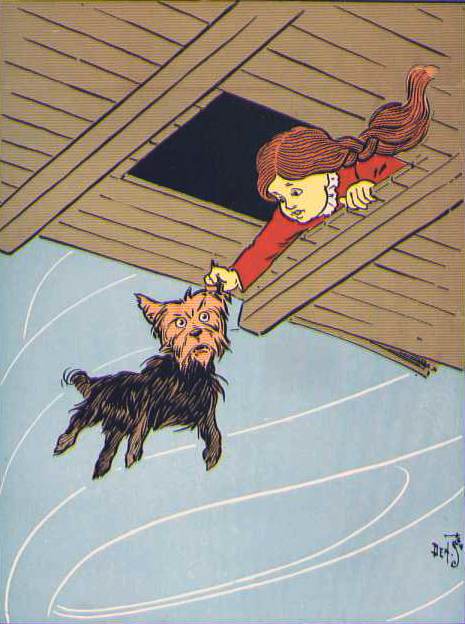For many of us who suffer from allergies, sometimes the concept of having a pet seems out of the question, but for some people with sensitivities, there are alternatives. There are a group of dogs who are on a long list of breeds that are hypoallergenic. Basically, these are canines who shed very little or not at all and can be much less of a threat for those with allergies.
Ironically enough, some dogs themselves can suffer from allergies and may require special diets, sensitivities to things like gluten or lactose. Grooming products such as hypoallergenic shampoos can be helpful for canines who have skin conditions or other problems with fleas and ticks.
But there are some myths and half-truths out there associated with hypoallergenic dogs and how they interact with humans. In this light, here are some popular questions that often come up with these types of canines:
I heard only little dogs were hypoallergenic, can’t I get a big one?
This myth may have been perpetuated by those that believe since bigger dogs have more hair and surface area, they are likely to be more problematic. While this may be partially true, there are many large breed dogs that make the hypoallergenic list:
● The Bouvier des Flandres, also known as the Flanders Cattle Dog, ranges between 65 to 110 pounds.
● The Giant Schnauzer, cousin to the miniature version, can also reach 100 pounds.
● The Irish Water Spaniel is more of a medium-sized breed that generally weighs in at around 45 to 65 pounds.
● The Labradoodle, a mixture of Labrador Retriever and Poodle, dependent upon the size of the parents, this breed comes in a variety of sizes.
These are a handful of dogs that bear the distinction of being hypoallergenic and also includes the Standard Poodle, that is often bred to reach larger sizes. As with any sized dog, regular bathing and grooming seem to assist those with allergies, regardless of breed.
Since I’m only allergic to dog hair, wouldn’t I be safer with a dog that has fine fur like the dachshund?
Actually, this one is a little bit deceptive and since I’ve had many different dogs in the course of my lifetime, including a dachshund I had many years ago, I know differently from personal experience. My current canine, who is a rescued purebred Cairn Terrier, has very long hair (also on the list of hypoallergenic dogs), but hardly sheds at all. Compared to my former dachshund, who had very fine, short hair, I’m sure I still have dog hair from that weiner dog somewhere in my house and automobile, since she seemed to shed constantly.
Some people are only allergic to canine hair and/or dander, are there other dog allergens to consider?
A dog’s saliva, skin and teeth can also trigger allergic reactions in some sensitive people along with scratches from their claws. Another reason that obedience training, regular grooming, including trimming their nails and brushing their teeth, is so important.
If I groom my dog regularly and get one from the list, I shouldn’t have any problems, right?
Again, not necessarily, since as many allergy suffers already know, their reactions can differ day-by-day and in various environments, and the same is true for dogs. The best thing to do before getting any dog, hypoallergenic or otherwise, is to spend some time with them before committing to purchase or adoption. Not only can you get a better idea of their temperament, you’ll also see if you have any type of reaction to them.
With a little homework, a fair amount of grooming and forethought, anyone, even those suffering from allergies, should be able to find the perfect pet. Just because someone has allergic reactions doesn’t mean they should lose out on the opportunity of finding a new, four-legged, best friend.
This amazing post was brought to us by Amber Kingsley. She's a writer, travel junkie, coffee addict and an animal lover as well. And I owe her big time for reserving this informative article for us FOR MORE THAN A MONTH!
This amazing post was brought to us by Amber Kingsley. She's a writer, travel junkie, coffee addict and an animal lover as well. And I owe her big time for reserving this informative article for us FOR MORE THAN A MONTH!







